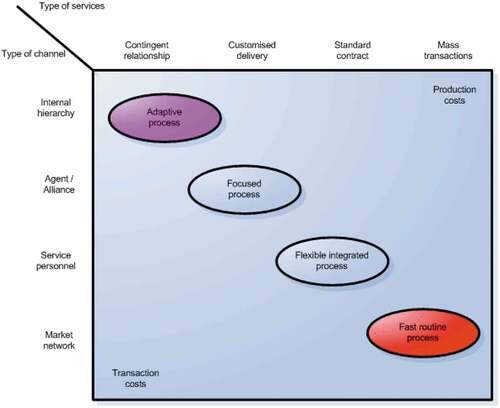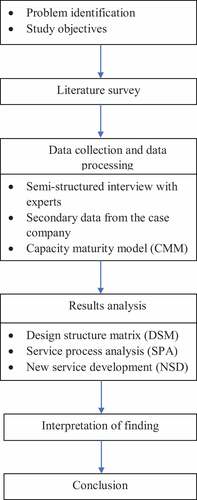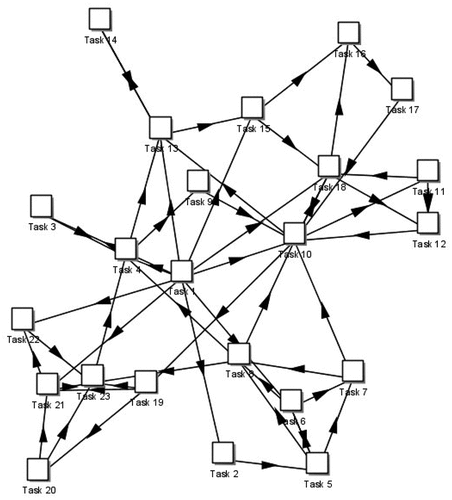Figures & data
Table 1. Service productisation descriptions, definitions, and essential dimensions.
Table 2. Number of interviewees and their expertise.
Figure 2. Capability maturity model maturity levels.
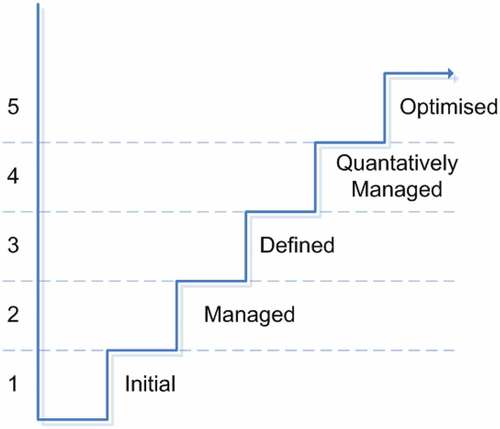
Figure 3. Value chain and processes.

Figure 4. Concepts developed in the productisation project.

Figure 5. Example of overall service architecture for the case company.

Figure 6. Functional structure.
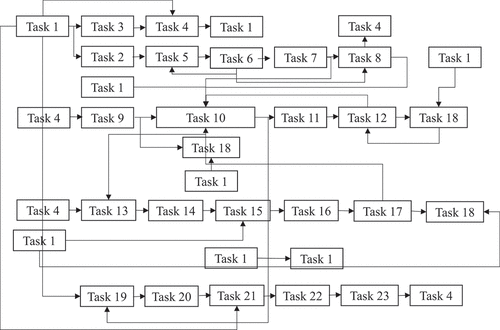
Figure 7. DSM matrix before clustering.
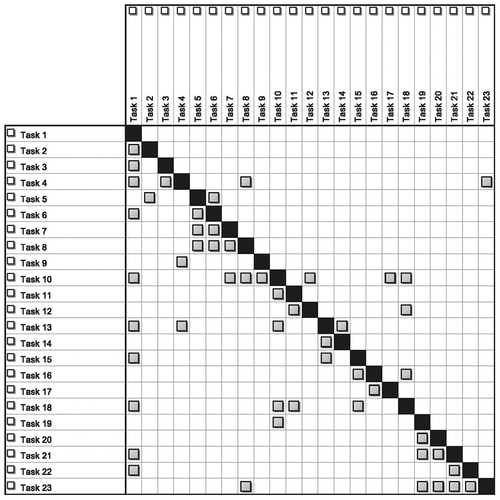
Figure 8. DSM matrix after clustering.
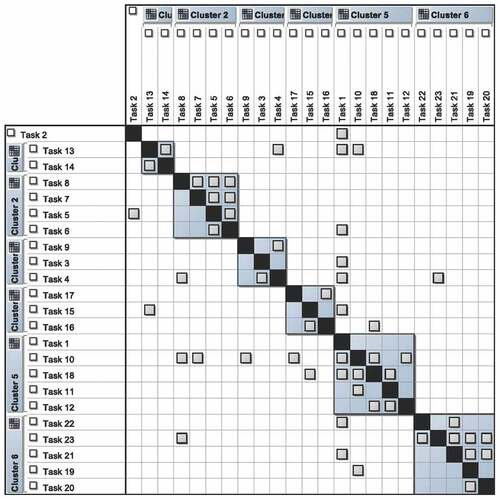
Figure 9. Modified version of the clustered matrix.
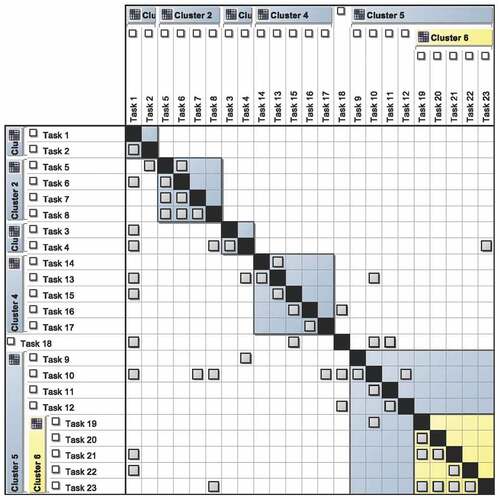
Figure 11. Modular service platform for concept B.
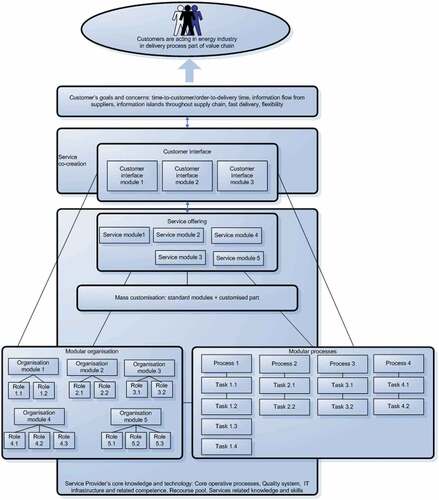
Figure 12. NSD matrix for a case service.
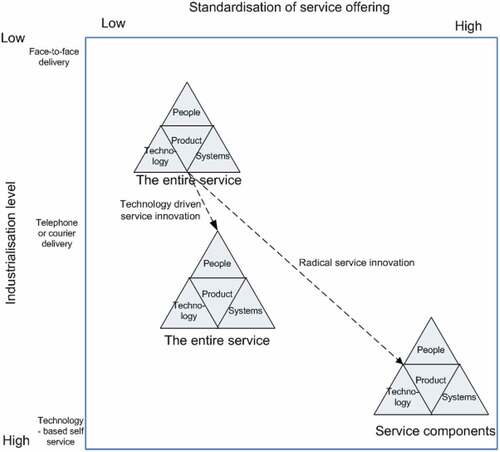
Figure 13. SPA model for case service (Pink colour = position of the entire service, Red colour = position of service modules).
